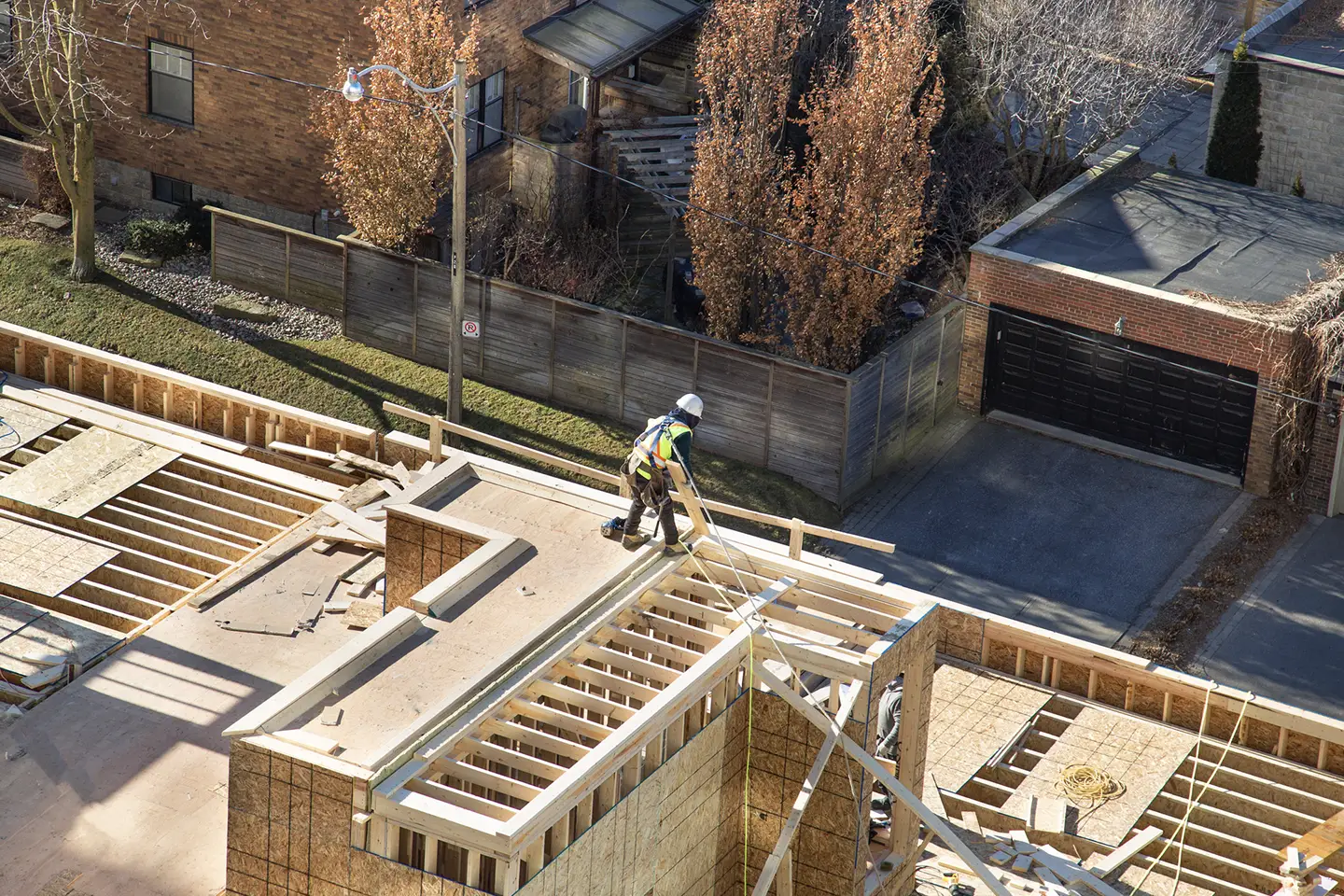Canada’s Climate Plan: Expected Consultations & 2030 Emissions Reductions Plan

On December 3rd the Minister of Environment & Climate Change Steven Guilbeault announced next steps in Canada’s climate strategy. The government will release an updated Climate Plan by March 31, 2022. The Minister also indicated that discussion papers and early consultations on four key pillars of that plan will be launched this month.
2030 Emissions Reduction Plan
As required by the Climate Accountability law enacted last June, by March 31, 2022, the government will unveil its plan to reduce emissions by 2030. Titled the 2030 Emissions Reductions Plan (ERP) the plan will outline actions to achieve the new target of 40-45% emissions reductions by 2030 on the 2005 baseline, adopted in April 2021, and will include in its modelling the measures committed by the Liberals in the 2021 Election.
The new goal means that Canada needs to be somewhere between 444 million tonnes and 480 million tonnes of annual greenhouse gas emissions in 2030. The most recent inventory report set Canada’s 2019 emissions at 729 million tonnes, a 1% reduction on 2005 levels.
The ERP is the first major deliverable under the Net-Zero Accountability Act, and will serve as a building block for the ensuing five-year emissions reduction plans required under the legislation. These five-year plans will support the pathway to net-zero by 2050.
The ERP was initially due this month, six months after the passage of the Bill. However, Minister Guilbeault made use of a clause granting the government an additional 3 months, thus setting the new deadline for March 31, 2022.
The Minister claimed that the additional time was necessary to receive feedback on the plan from provinces and indigenous groups. It also provides industry with additional time to weigh in.
Analysis: It is possible the delay is due to Minister Guilbeault wanting more time to weigh the policy options available to accelerate Canada’s climate ambition or to stamp his own vision and direction to the plan. Further, it is also possible the delay is due to Departmental Officials needing more time to model the emission reductions that stem from new measures committed to in the Liberal Platform.
Pillars of the Plan – Incoming Discussion Papers and Consultations
Minister Guilbeault also unveiled the four pillars of the ERP, all policy areas where to date the federal government has not yet unveiled policy. This contrasts with policy realms like fuel consumption and industrial emissions, where the government has enacted comprehensive policy by way of the carbon pricing. The new areas for policy development include: net-zero electricity grid, ZEV vehicles, a cap on methane emissions, and a cap on oil and gas emissions. All of these are files in which the Liberals made substantial new policy pledges during the 2021 Election and are areas where to date the Government of Canada was lacking a concerted policy direction.
The Minister further indicated the government will launch early consultations, supported by discussion papers on the four pillars of the ERP, by the end of the year. The four pillars are as follows:
- Net Zero Electricity Grid: Policy plan announced in the Liberal Policy Platform to transition to a net-zero emitting grid by 2035.
- Net Zero Vehicles: Policy direction on an EV mandate (100% net zero light duty vehicles by 2035 and at least 50% by 2030) and emissions standards for heavy duty vehicles requiring 100% selected categories be net zero by 2040.
- Oil and Gas Emissions Cap: Capping emissions from the oil and gas sector at current levels and requiring that they decline at the pace and scale needed to get to net zero by 2050.
- Methane Emissions Cap: Developing a plan to reduce methane emissions across the broader Canadian economy in support of the Global Methane Pledge and the goals in Canada’s climate plan, reducing oil and gas methane emissions by at least 75 percent below 2012 levels by 2030 through an approach that includes regulations, as well as regulating methane landfill emissions and reducing agricultural methane emissions.
Analysis: The direction of holding consultations and discussion papers on these key policy areas makes sense. To date, the federal government had only introduced scattered programs within each of the four files, however no concerted policy direction or broader objectives had been struck. The discussion papers and consultation will bring nuance and direction to government in the planning, design and implementation of policy to achieve objectives under the four pillars.
Next Steps
The actionable item here is to engage with the consultation streams for each item once released, both through a submission and through direct engagement with Minister Guilbeault’s Office and his Departmental Officials, as well as other Ministers as appropriate, including Minister Wilkinson and his Officials.


